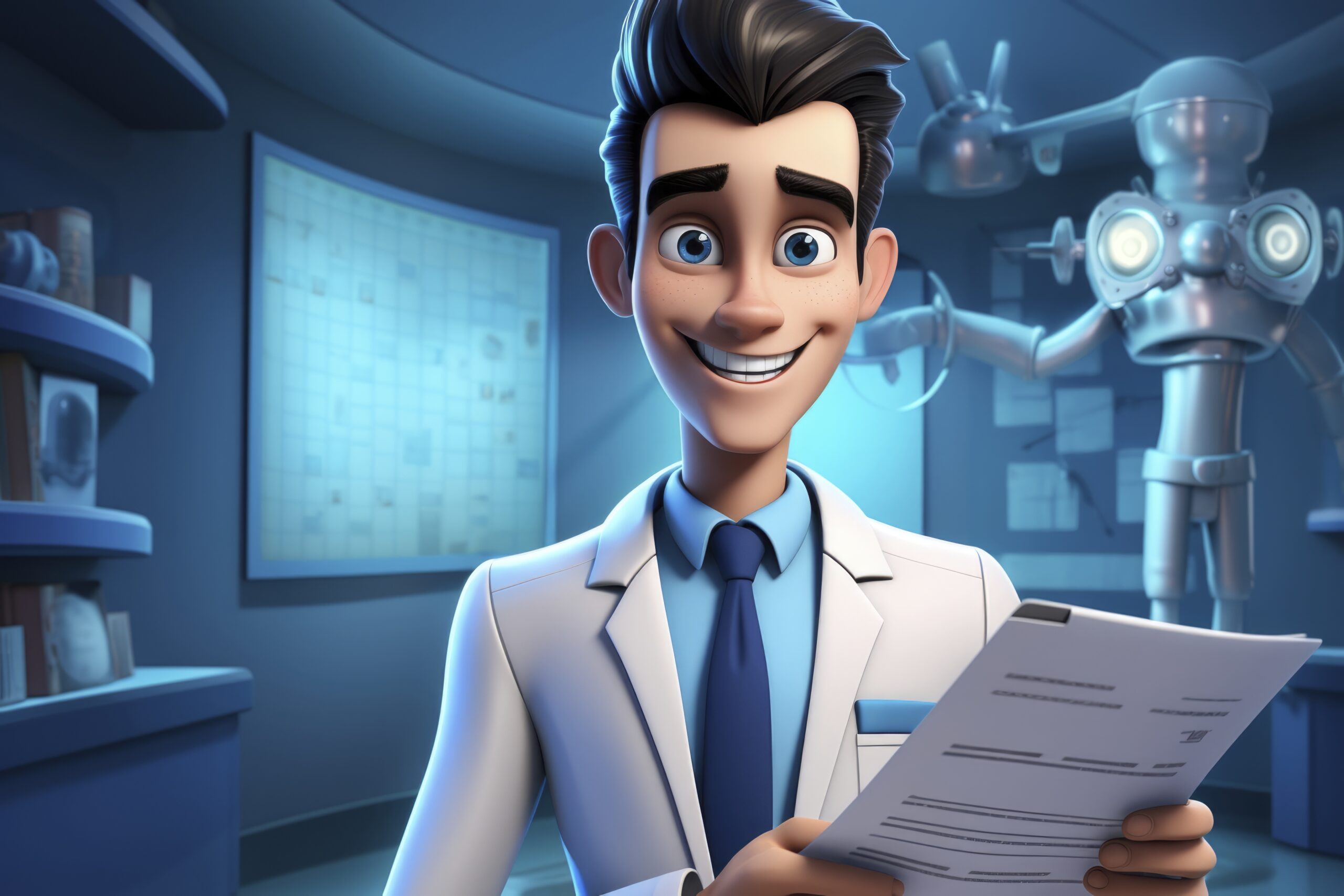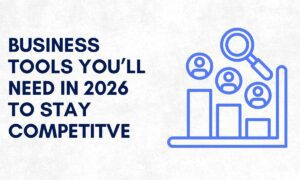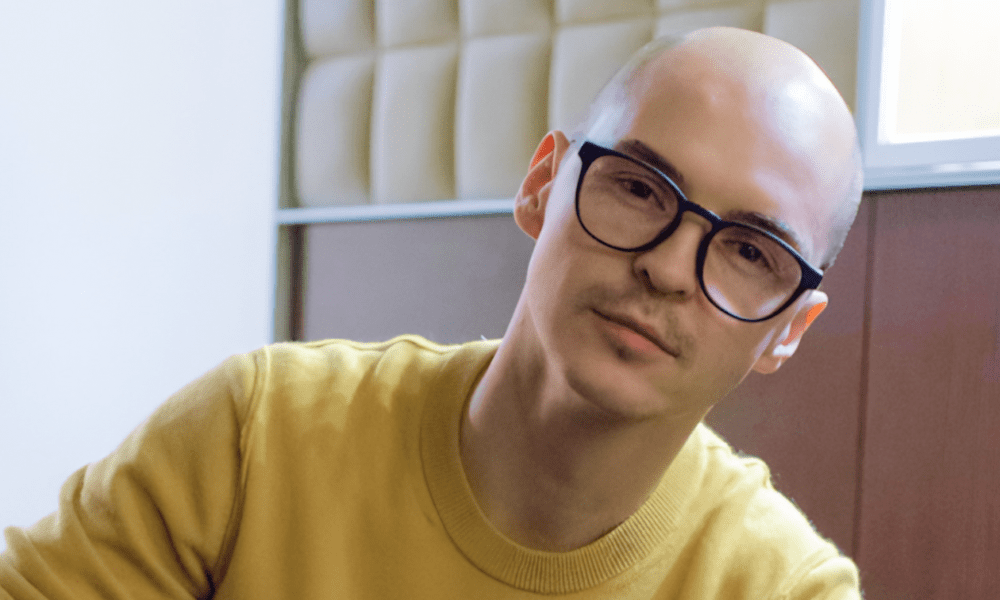Introduction
Medicine can be hard to understand since it has complicated biological processes and advanced surgical procedures that are hard to understand with static pictures and thick text. Three-dimensional imaging has transformed healthcare education and communication from flat pages to dynamic visual stories, explaining complex mechanisms of action. Technology that makes the unseen visible is behind this change. It makes complicated medical ideas plain, easy to understand, and interesting for everyone, from medical students to patients.
This article talks about how 3D medical animation has changed the healthcare field in a big way. We will talk about how these comprehensive images have changed medical training, helping patients understand their conditions better, and making drug companies’ marketing plans for new drugs more effective. This technology isn’t only an improvement; it is a vital tool for modern medicine as it brings the human body to life in amazing detail.
Improving Medical Training and Planning for Surgery
For many years, prospective doctors learnt about the body by looking at dead bodies and reading literature. These methods work, although they have certain problems. Textbooks can’t show how things move, and a dead body can only show how the body is in a fixed position. This is where enhanced 3D animation makes a difference.
A New Time for Medical Students
Medical students today can learn in ways that were once only seen in science fiction. They may now visually travel through an artery, observe heart valves open and close in real time, and understand how different cells interact instead of merely memorising pictures of the circulatory system.
This degree of information helps you grasp human biology better and more easily. When you see things like brain circuits or the processes of cellular mitosis in motion, they are easier to understand. This active method speeds up learning and helps people remember what they’ve learnt, giving a new generation of healthcare professionals a better understanding of the basics.
Precision in Surgical Preparation
For surgeons, preparation is everything. Being able to picture a surgery before making the first cut can make a big difference in how well it goes. You can make a custom 3D medical animation using a patient’s own CT or MRI scans, which will show a precise representation of their anatomy.
Surgeons can use these models to plan complicated surgeries, think about what might go wrong, and even practise the procedure step by step. For instance, a surgeon can look at a 3D model of the patient’s brain to find the safest way to remove a delicate brain tumour, avoiding important blood vessels and nerve tissue. This level of planning before surgery lowers risks, shortens the time spent in the operating room, and ultimately makes surgeries safer and more successful.
Changing the Way Patients Learn and Provide Consent
One of the hardest things about healthcare is getting a doctor and a patient to talk to each other. Medical terms can be hard to understand, and a diagnosis might be scary if it’s not explained well. Visual aids are powerful instruments for establishing clear communication and empowering patients.
Making Hard Diagnoses Easy to Understand
Imagine being diagnosed with a condition like atrial fibrillation. A doctor would say that it is an “irregular and often fast heart rate that can make you more likely to have a stroke.” This explanation is correct, but it might not fully explain what’s going on in your body.
Now, picture the doctor showing you a short animation of a healthy heart beating in a constant rhythm, and then an animation of your heart’s upper chambers beating in a random way. You can see how the uneven pulse makes it hard for blood to flow, which could cause clots.
All of a sudden, the condition becomes clear. You know why a doctor is telling you to take a certain medicine or have a certain surgery done. This clarity lowers fear and anxiety, which allows patients to take an active role in their own care.
Getting Informed Consent Through Pictures
To get informed consent, a patient must thoroughly understand the risks, benefits, and other options for a particular therapy. Talking about a complicated surgery can lead to confusion. 3D medical animation shows a patient every step of their surgery. They can watch what will happen during the procedure, how a medical gadget will be put in, and what the recuperation process can be like. This visual explanation makes sure that the patient really understands what they are consenting to, which builds confidence between the patient and the healthcare provider.
Transforming Pharmaceutical and Device Marketing
The way drug and medical device businesses talk about the value of their goods is also changing. Charts and graphs are no longer enough to show clinical data. To get noticed, businesses need to explain how their new products work on a biological level in an interesting way.
Showing How the Mechanism of Action (MoA) Works
How does a new medicine target specific cancer cells while leaving healthy cells unharmed? How does a new orthopaedic implant work with the bone tissue that is already there? It’s hard to explain these stories using just words. Mechanism of Action (MoA) animations are a clear and interesting approach to explain how useful a product is.
These animations can show people exactly how a medicine attaches to a receptor or how a device helps heal by taking them on a tour within the body to the molecular level. This is very helpful for teaching doctors, investors, and government agencies. In a competitive market, a well-made animation may make the science behind an idea easy to grasp and remember right away.
Making Medical Devices Work
For companies that make medical devices, animations may show off the engineering and benefits of a new product in ways that a real prototype can’t. An animation can show how a new prosthetic joint moves, how flexible a new catheter is, or how a diagnostic gadget works on the inside. This helps doctors and nurses immediately understand how a new device can help them do their jobs better and provide better results for their patients.
Conclusion
3D animation is no longer simply for amusement; it has become a transformative force in healthcare. It is revolutionising the way we study, teach, and talk about medicine by turning complicated medical knowledge into clear, accurate, and interesting 3D medical animation.
These animations are helping people learn more, making surgery more precise, and giving patients more control over their health, from the classroom to the operating room to the patient consultation.
As technology gets better, we may expect to see applications that are ever more advanced and work together better. 3D medical animation is at the heart of the changes that will make healthcare more visible in the future. These changes will help make the world healthier and more educated.



































